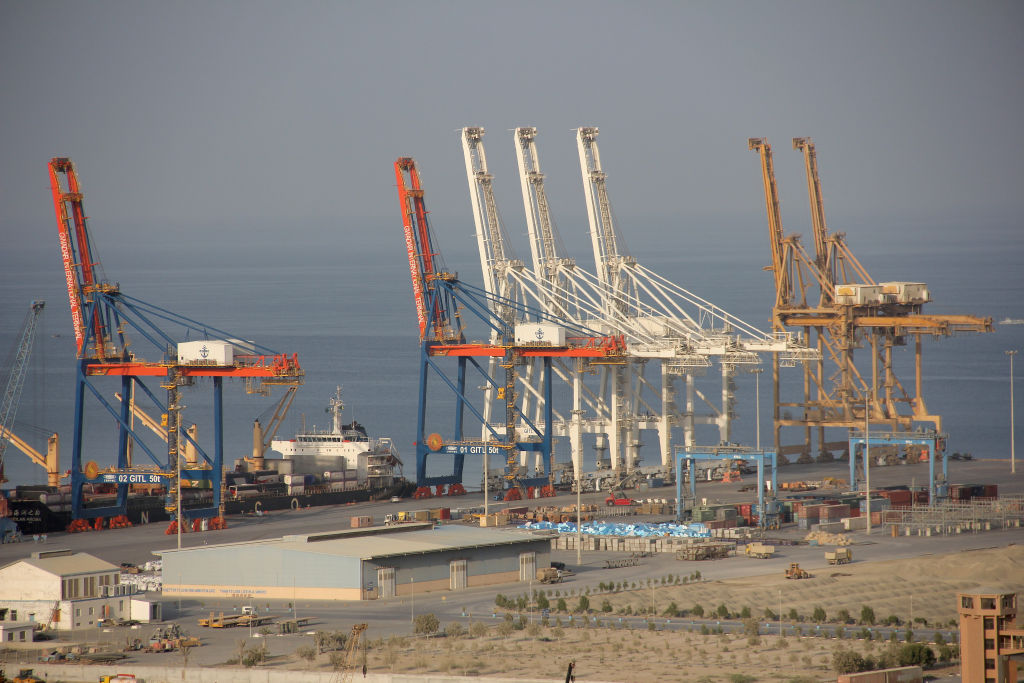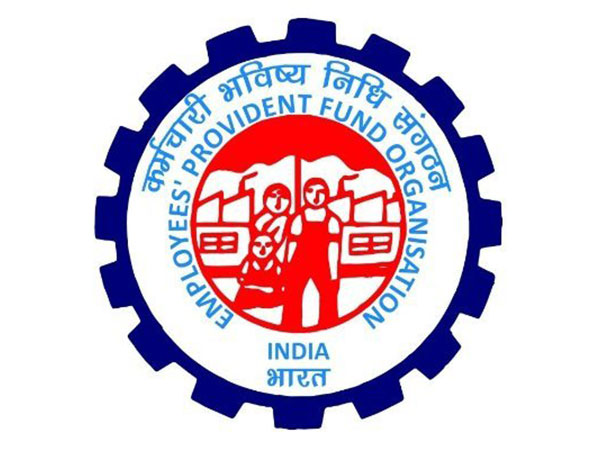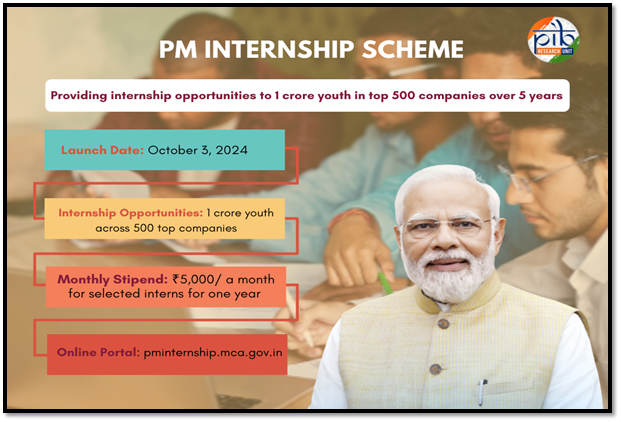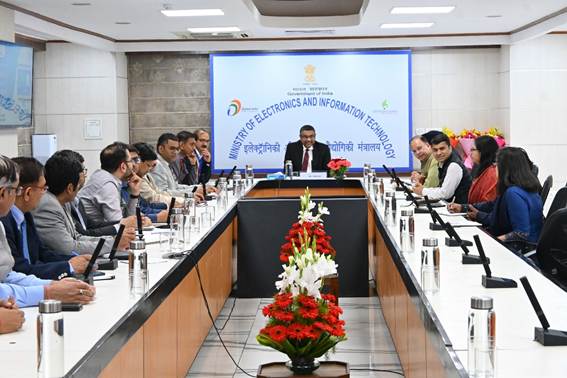The daring hijack of the Jaffar Express in March 2025 by the Balochistan Liberation Army (BLA) has once again brought the region’s resentments into sharp focus. The assault, which claimed at least 90 Pakistani soldiers’ lives and saw around 450 passengers taken hostage, highlights the BLA’s commitment to freeing Balochistan from what they view as systematic exploitation by Pakistan. Years of alleged human rights abuses, forced disappearances and economic marginalisation have fuelled widespread disillusionment among Baloch communities, who see foreign-led projects like the China-Pakistan Economic Corridor (CPEC) as a further encroachment on their land.
Balochistan itself is a paradox: it is Pakistan’s largest province, home to immense natural wealth, yet it has the lowest literacy rate and ranks second worst in multi-dimensional poverty among the country’s four provinces, according to the UNDP. Local sentiment holds that if the province was historically exploited by Pakistan’s authorities, it is now jointly exploited by Pakistan and China. The BLA, along with other separatist groups, has repeatedly targeted Chinese nationals and infrastructure not only in Balochistan but across Pakistan, viewing these ventures as an extension of the same neglect that has dominated the province’s past.
CPEC, part of China’s sweeping Belt and Road Initiative (BRI), was launched in 2015 with a purported budget of USD 62 billion. It aimed to develop a 3,000-kilometre network of roads, railways and pipelines to link Gwadar and Karachi ports to China’s Xinjiang region. Behind the grand rhetoric, however, progress appears anything but smooth. Several major projects remain stalled after their official approvals, as reported by Dawn and other credible international publications. The slow pace of development has even prompted Pakistan’s Planning Minister, Ahsan Iqbal, to call upon economic authorities in Pakistan and its diplomatic missions in China to reassess delayed ventures and engage with concerned Chinese authorities, a clear sign of rising frustration within Pakistan’s corridors of power.
Yet what of the so-called “Phase II” of CPEC? In May 2024, at the 13th Joint Cooperation Committee (JCC) meeting, Islamabad requested over USD 17 billion in loans from China to revive key infrastructure schemes. Prime Minister Shehbaz Sharif followed up with a visit to China in June, anticipating major new investments. What materialised was merely a 32-point joint statement offering vague commitments to upgrade CPEC into multiple “corridors”—growth, livelihood, innovation, green and open. The only tangible development was a staged USD 6.7-billion loan for upgrading the Main-Line-1 (ML-1) railway from Karachi to Peshawar, which, in fact, was not a new project but a rehashed plan to modernise a colonial-era track. Plans to upgrade a section of the Karakoram Highway also failed to yield fresh Chinese funding.
CPEC’s first phase had already exposed serious shortcomings: of the USD 28 billion earmarked for infrastructure and energy, many ventures remain stuck on paper. Fourteen power projects were reportedly completed, two are under construction and five appear nowhere near implementation. Six transport projects did take off, but another thirteen are languishing. Out of nine proposed Special Economic Zones (SEZs), only four are currently under construction. Job creation targets also have not come close to the original promise: of the more than two million positions envisioned, barely 250,000 have materialised, according to official figures.
A further complication arises from India’s staunch opposition to the Belt and Road Initiative in Pakistan. India maintains that CPEC violates its sovereignty and territorial integrity because several of its projects pass through Pakistan Occupied Jammu & Kashmir, which India regards as an integral part of its territory.
Meanwhile, the Balochistan Liberation Army’s escalating attacks reveal local hostility towards both federal authorities and international investors. The recent hijacking was not simply about seizing a train; it was a statement that Balochistan’s grievances will not be easily quelled by high-level announcements or carefully worded joint statements. Whether future discussions will actually address the socio-political fault lines that have plagued Balochistan for decades remains uncertain.
One thing, however, is abundantly clear: as long as local disenchantment collides with glacial progress and geopolitical disputes, CPEC risks being remembered less for the prosperity it promised and more for the turbulence it continues to generate. Is this the fate of a once-touted “game changer”, an unfulfilled vision overshadowed by violence, delays and deepening mistrust? The answer seems to lie in plain sight




















